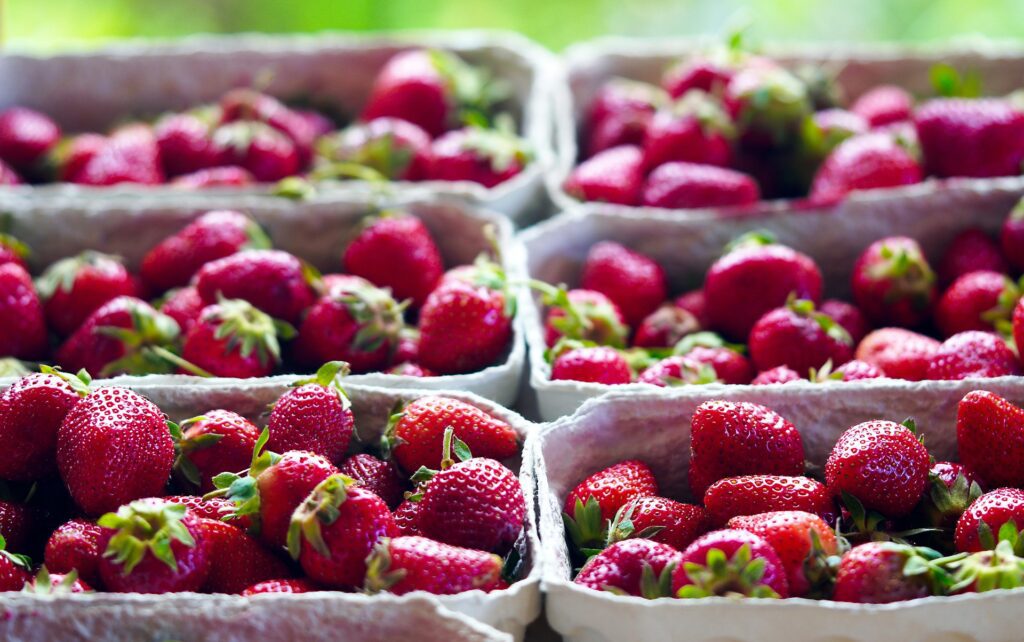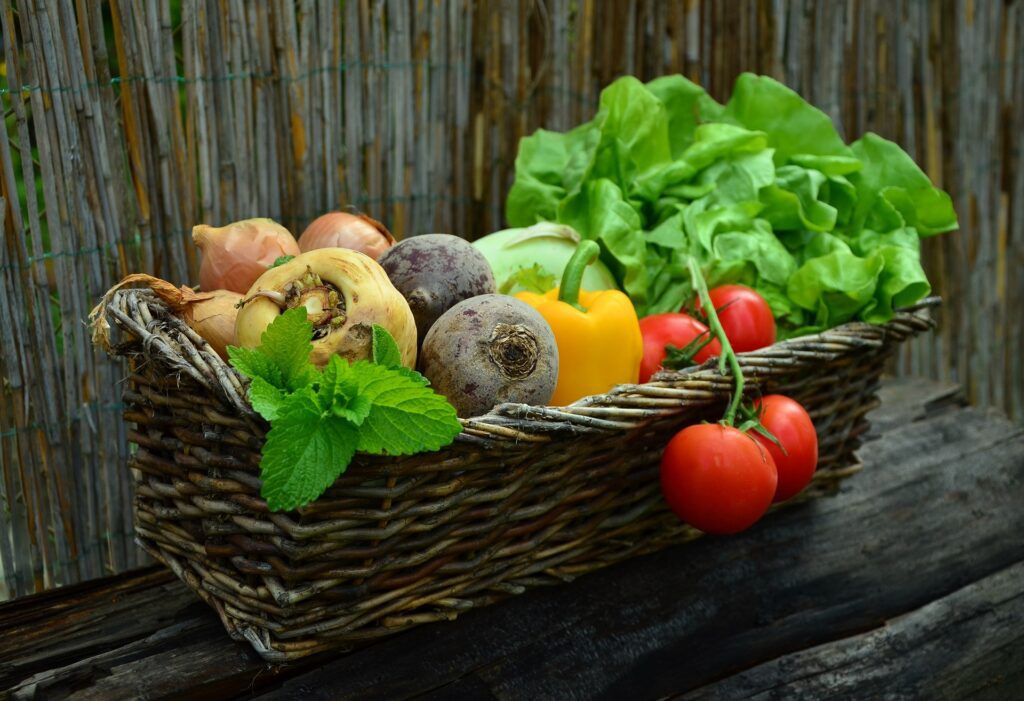Table of Contents
Introduction
The organic produce market has seen significant growth in recent years, driven by increasing consumer awareness of health, sustainability, and environmental impact. As more people prioritize organic foods for their nutritional benefits and lower ecological footprint, the opportunities for entrepreneurs in this sector have never been more promising. This blog will guide you through the essential steps to successfully sell organic produce, highlighting key strategies that can lead to both personal satisfaction and professional success.
1. Understanding the Organic Produce Landscape
Market Research
Conducting thorough market research is essential before launching your organic produce business. Understanding consumer preferences is key; today’s consumers are increasingly discerning about where their food comes from and how it is grown.organic produce

Analyzing Consumer Preferences
- Health Consciousness: Many consumers seek organic produce for its perceived benefits, such as higher nutrient content and lower pesticide residues. Studies indicate that consumers are willing to pay a premium for organic products due to these health benefits2.
- Sustainability: A growing number of consumers are concerned about environmental impact, making them more likely to support sustainable farming practices. The shift towards sustainability has been a significant factor in the rise of the organic market1.
- Local Sourcing: There is a trend toward supporting local farmers and reducing carbon footprints associated with long-distance food transport. Consumers often prefer products that are locally sourced, which can enhance community ties and reduce environmental impact.organic produce
Identifying Competitors
Analyze local businesses that sell organic produce. Look at their product offerings, pricing strategies, marketing techniques, and customer engagement methods. This analysis helps identify gaps in the market where you can position your products effectively.organic produce
Regulatory Standards
Understanding regulatory standards is crucial for selling organic produce. In the United States, for example, the USDA has strict guidelines for organic certification. Familiarize yourself with these regulations to ensure compliance.
Importance of Compliance
- Building Trust: Certification builds consumer trust in your products. Consumers are more likely to purchase from brands that are certified organic.
- Legal Protection: Compliance protects your business from potential legal issues related to mislabeling or false advertising.
Research local regulations as they may vary by region. Consider partnering with a certified organic farm or seeking certification for your own products if you plan to grow them.
2. Developing a Business Plan
Defining Your Niche
Once you have a grasp of the market landscape, defining your niche is the next step. This involves selecting specific types of organic produce to focus on.
Options for Niche Selection
- Fruits and Vegetables: Common choices include seasonal fruits and vegetables that are popular among consumers.
- Specialty Items: Consider focusing on rare or exotic varieties that aren’t readily available in mainstream markets.
- Value-Added Products: Explore options like organic jams, sauces, or dried fruits that can diversify your offerings.
A well-defined niche helps streamline your marketing efforts and attract a specific customer base.
Creating a Business Model
Your business model dictates how you operate and generate revenue. Consider whether you want to sell directly to consumers through farmers’ markets or an online store or partner with local grocery stores for wholesale distribution.
Business Model Options
- Direct-to-Consumer Sales: Higher margins but requires more effort in marketing and customer engagement.
- Wholesale Distribution: Lower margins but can lead to higher volume sales.
- Subscription Services: Community Supported Agriculture (CSA) programs where customers subscribe to receive regular deliveries of fresh produce.
Each model has its pros and cons; choose one that aligns with your goals and resources.


3. Sourcing High-Quality Organic Produce
Finding Reliable Suppliers
If you’re not growing your own produce, establishing relationships with reliable suppliers is essential. Look for local farmers or co-ops that prioritize sustainable farming practices.
Building Supplier Relationships
- Visit Farms: Take time to visit potential suppliers’ farms to understand their growing practices firsthand.
- Negotiate Terms: Establish clear agreements regarding pricing, delivery schedules, and quality standards.
Building strong relationships with suppliers can lead to better pricing and exclusive access to high-quality products.
Sustainable Farming Practices
Sustainability is at the heart of the organic movement. When sourcing your products, prioritize suppliers who adhere to sustainable farming practices—this includes crop rotation, natural pest control methods, and soil health management.
Educating Customers
Educating your customers about these practices can enhance their appreciation for your products and build loyalty. Share stories about your suppliers’ farming methods through marketing materials and social media platforms.
4. Marketing Strategies for Organic Produce
Brand Building
Creating a strong brand identity is crucial in the competitive organic market. Your brand should reflect values such as health, sustainability, and community support.
Elements of Brand Building
- Brand Name: Choose a memorable name that resonates with your target audience.
- Logo Design: Create a logo that visually represents your brand’s values.
- Brand Story: Develop a compelling narrative that communicates your mission and values; customers are more likely to support brands they feel connected to on a personal level.
Effective Marketing Channels
Utilizing various marketing channels will help you reach a broader audience:
Social Media
Platforms like Instagram and Facebook are excellent for showcasing vibrant images of your produce and engaging with customers through stories and posts. Use these platforms to share recipes, cooking tips, or behind-the-scenes looks at your sourcing process.
Blogs
Consider starting a blog linked to your website where you share recipes, tips on nutrition, or information about sustainable farming practices. This not only positions you as an expert but also helps improve search engine visibility.



Email Marketing
Build an email list to keep customers informed about new products, special offers, and upcoming events. Personalized emails can significantly enhance customer engagement.
Community Engagement
Participating in local farmer’s markets or community events can help you engage directly with potential customers while building brand awareness. Set up an attractive booth showcasing your products and offer samples to entice passersby.
5. Sales Strategies
Direct Sales Techniques
Setting up an e-commerce platform allows you to reach customers beyond your local area. Invest in user-friendly website design that makes it easy for customers to browse products and place orders.
Subscription Services
Consider offering subscription services where customers receive regular deliveries of fresh produce. This not only provides convenience but also fosters customer loyalty through recurring revenue.
Retail Partnerships
Approaching local grocery stores or health food shops can significantly expand your reach. Prepare a compelling pitch highlighting the benefits of carrying your organic produce—emphasize quality, local sourcing, and potential customer demand.
Offering Samples
Be prepared to offer samples so retailers can experience the quality of your products firsthand. Consider creating promotional materials that outline your brand story and unique selling points.


6. Customer Engagement and Retention
Building Customer Loyalty
Customer loyalty is essential for long-term success in the organic produce business. Focus on providing exceptional customer service—respond promptly to inquiries, address concerns effectively, and go the extra mile to exceed customer expectations.
Loyalty Programs
Consider implementing a loyalty program that rewards repeat customers with discounts or exclusive offers. This encourages customers to return while enhancing their overall experience with your brand.
Feedback Mechanisms
Gathering customer feedback is crucial for continuous improvement. Implement surveys or feedback forms after purchases to understand what customers appreciate about your products and areas where you can improve.
Engaging with Feedback
Actively engaging with customer feedback demonstrates that you value their opinions and are committed to enhancing their experience. Use this feedback not only for product improvement but also as testimonials in marketing materials.
7. Financial Management
Budgeting and Pricing Strategy
Establishing a solid budget is vital for managing expenses effectively. Consider costs associated with sourcing produce, marketing efforts, packaging, transportation, and overhead expenses if you have a physical location.
Setting Prices
When setting prices for your products, ensure they reflect both quality and market demand while covering costs adequately. Research competitor pricing as part of this process but remember that premium pricing may be justified based on quality.
Funding Options
If you’re looking for financial support to start or expand your business, explore various funding options:
Grants
Look for grants specifically aimed at supporting organic farming initiatives from government programs or non-profit organizations focused on sustainability.
Loans
Traditional bank loans or microloans from community organizations can provide necessary capital without giving up equity in your business.



Crowdfunding
Platforms like Kickstarter or GoFundMe allow you to raise funds by sharing your vision with potential supporters who believe in your mission. Create compelling campaigns that highlight the unique aspects of your business model while explaining how funds will be used effectively.
Conclusion
The journey of selling organic produce can be incredibly rewarding both personally and professionally. By understanding the landscape of the organic market, developing a solid business plan, sourcing high-quality products sustainably, implementing effective marketing strategies, engaging with customers meaningfully, managing finances wisely, and remaining adaptable to changing trends—you’re setting yourself up for success.As you embark on this venture into the world of organic produce sales, remember that passion combined with strategic planning will pave the way toward achieving not only financial success but also making a positive impact on health-conscious consumers and the environment alike.